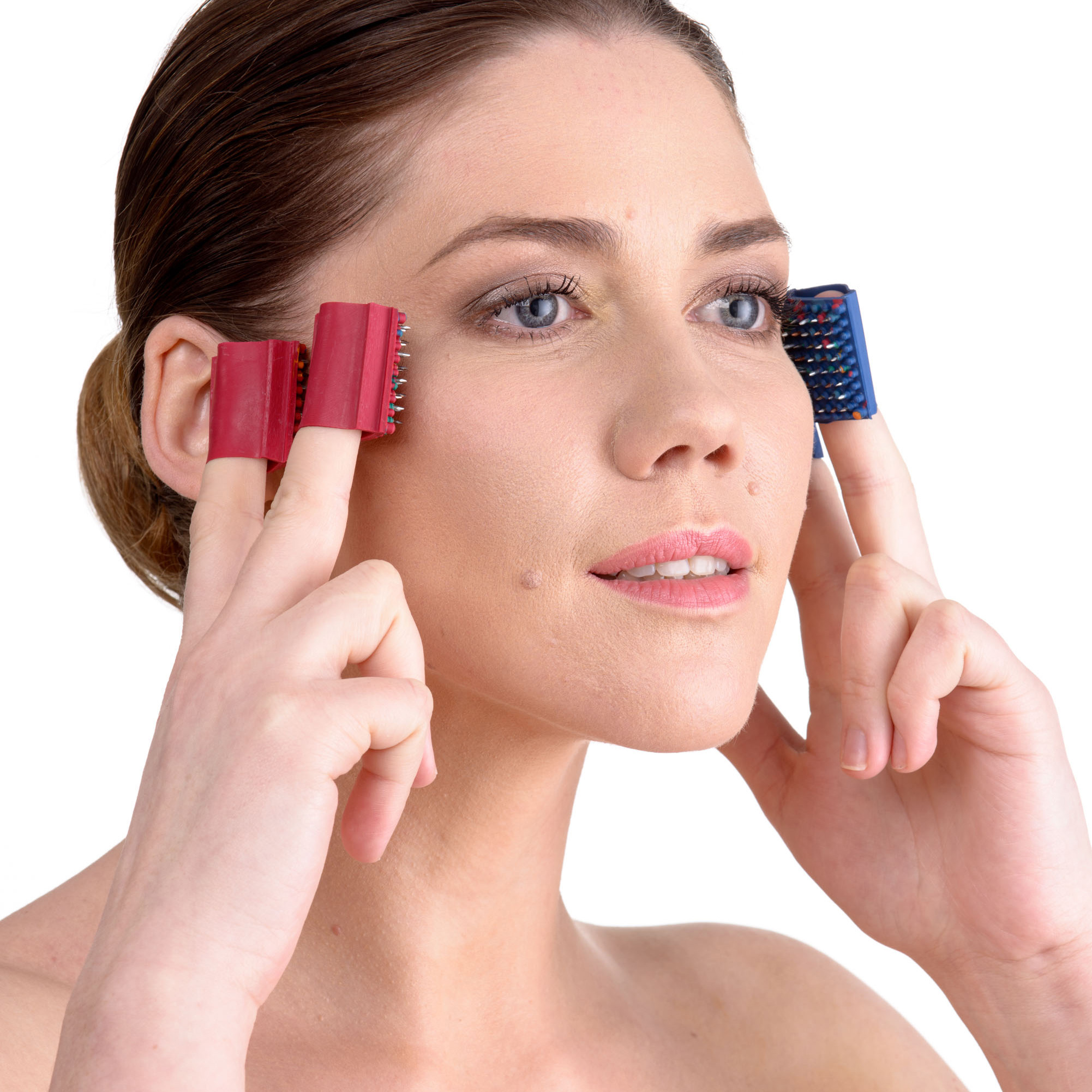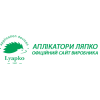Headache
Headache is one of the most common complaints with which a person goes to the doctor. Studies show that 70-80% of the adult population complains of pain of varying duration. In fact, this figure can be much higher, since many do not go to the doctor, self-medicate, not understanding the seriousness of this problem. Painful sensations as such are not a disease, but can be almost the only symptom that allows you to diagnose a number of dangerous diseases in time.
Headache can be the main, and sometimes even the only manifestation of more than 50 diseases of the nervous system or internal organs. Although most causes of headaches are not a sign of a life-threatening disease, they can be quite painful and significantly reduce the quality of life.
2 What diseases cause headaches
4 What Traditional Chinese Medicine Says
7 Good results are obtained by various methods of physiotherapy treatment
9 Mechanisms of action of the applicator. How to work with the applicator, application zones.
Causes of headache
Depending on the type, pain sensations indicate various problems in the body.
A headache in the temples can be caused by a variety of reasons - from changes in blood pressure to intoxication or infection. In some diseases, temporal pain is a symptom that allows an early diagnosis.
Headache in the back of the head most often worries with cervical osteochondrosis, cervical spondylosis, with an increase in the tone of the muscles of the cervical region, with tension in the neck-collar zone, hypertension.
Headache in the forehead area may indicate inflammatory diseases such as frontal sinusitis, sinusitis, sinusitis, influenza, acute respiratory infections, increased intracranial pressure, pinching of the occipital nerve. It can also accompany such serious illnesses as meningitis, pneumonia, malaria, typhus.
Pain in the eye area can be a symptom of autonomic dysfunction, migraine, glaucoma and other eye diseases. Failure to see a doctor in time can lead to serious vision problems.
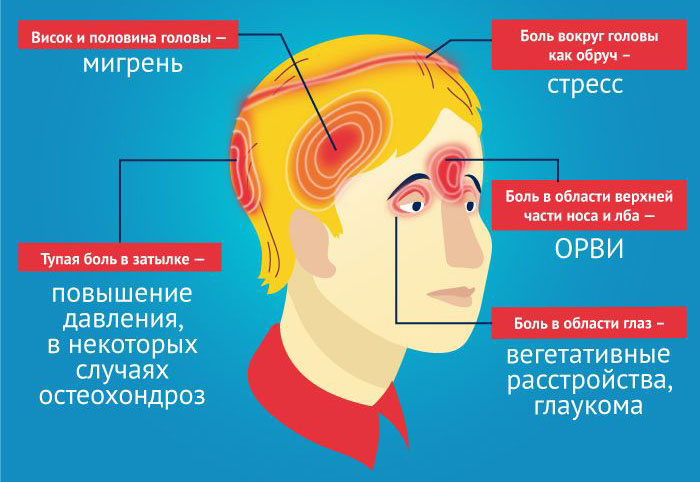
What diseases cause headaches
Tension headache
The trigger for tension headaches is often stress or tension. Pain can be caused by general overwork, chronic stress. It can last 6-7 days. The pain compresses the skull, is localized in the back of the head, frontal part, crown, or spreads to all departments. This type of pain occurs in people employed in sedentary work, working at a computer, driving for a long time. Their shoulder girdle is so constrained that it does not relax even during sleep. The patency of muscles, nerve impulses, and tissue nutrition are impaired.
Unlike migraines, tension-type headaches are usually not accompanied by symptoms such as nausea, vomiting, sensitivity to light and sound, or an aura. Usually, during an attack of tension headache, the patient can perform his duties, do household chores, but work productivity decreases.
Migraine
Usually characterized by severe throbbing headache, accompanied by nausea, intolerance to bright light and strong odors, general weakness. The pain is usually unilateral. The duration of the attack can be from several hours to three days. Women aged 25 to 35 are most susceptible to migraine. During an attack, a person drops out of social activities for several days.
cluster headache
A disease that manifests itself in bouts of severe, debilitating headaches that appear periodically. Periods can last weeks or months, followed by periods without headaches. The disease is relatively rare, less than 1% of people suffer from it. It occurs between the ages of 25 and 50 and is more common in men than in women.
post-traumatic headache
Localization and intensity depends on the nature of the injury. Occurs with a concussion of the brain, with damage to the skull, displacement of the vertebrae in the cervical spine. Unpleasant sensations may occur immediately, or they may occur after some time.
Increased intracranial pressure
These are massive, intense pain sensations covering the entire surface of the head and the area around the eyes. Patients describe them as pressing or bursting. Often accompanied by nausea and intolerance to bright light.
Inflammation of the trigeminal nerve
Sharp, short (from 2 to 5 seconds), but very excruciating pain. Occurs suddenly in any part of the face. Most often, inflammation of the trigeminal nerve occurs in people with unhealthy teeth and oral problems.
Daily chronic headache
An almost daily headache that has occurred at least 15 times a month for the past three months. This is not a diagnosis, but a syndrome that can be observed in a variety of diseases. Most people with chronic headache have a migraine or tension-type headache, but the pain becomes more frequent over time. Some people with daily chronic headaches take pain medications too often, and this can cause a drug-induced headache.
Drug-induced headache
It occurs in people who, suffering from bouts of severe headache, use painkillers too often. A vicious circle develops: frequent headaches cause people to take pain medication frequently, and once the drug wears off, the headache returns again, forcing more medication to be used. Taking too many pain medications can increase the risk of drug-induced pain.
Important!
Since the cause of frequent headaches can be various diseases and the regular repetition of pain signals that the problems in the body are chronic and require a mandatory visit to a doctor for diagnosis and treatment.
Prolonged headaches can be symptoms of such serious diseases as meningitis, lesions of the nervous system (arachnoiditis, encephalitis), tuberculosis, syphilitic damage to the nervous system, parasitic diseases. Prolonged pain may also indicate a brain tumor.
Diagnostics
For the primary diagnosis of some diseases, it is enough to undergo an examination by specialists: a neurologist, an otolaryngologist, a dentist, an oculist. But in some cases, modern medical research is indispensable. If necessary, the doctor will prescribe such examinations as: electroencephalography, X-ray, magnetic resonance imaging, computed tomography, ultrasound diagnostics, etc.
What Traditional Chinese Medicine Says
Traditional Chinese medicine treats this problem differently: pain is a symptom of an imbalance in the body. Various pathogenic factors can upset the balance: external and internal.
External factors: wind, cold, dampness and heat. They can affect the body, both separately and all together.
Internal factors - pathologies of the spleen, liver, kidneys. For example. The meridian of the gallbladder passes in the temporal region and pain in this zone signals a disorder in this organ. This may be stagnation of bile, thick bile, the presence of stones. And until this problem is solved, the headache will bother.
The pathology of the internal organs is caused by excessive consumption of sweet and fatty foods, overexertion, a lifestyle in isolation from the biological clock, depression, long-term use of antidepressants and other drugs.
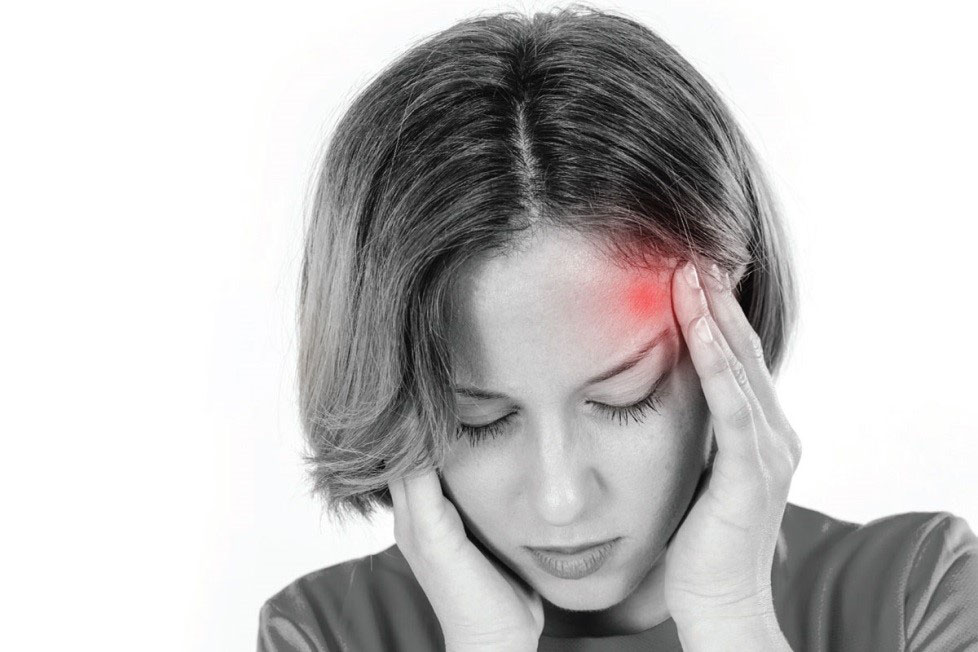
Psychosomatics
Psychosomatics is a direction in medicine (psychosomatic medicine) and psychology that studies the influence of psychological factors on the occurrence, course, and outcome of somatic (bodily) diseases.
The head is responsible for the thought process. A headache is a warning to pay attention to ourselves, a signal that we are doing something wrong. For example, you have a lot of work, fatigue, but you want to finish what you started. Your subconscious mind decides it needs to rest and gives you a headache, saving you from self-destruction and overload.
Migraines often happen to people who want to be perfect. They strive for perfection by constantly criticizing, scolding, punishing and blaming themselves. They are full of all sorts of inferiority complexes and guilt. Getting rid of these complexes is getting rid of headaches.
Underestimation of oneself, self-criticism lead to headaches. If a person is accustomed to treat himself this way, then he treats others in a similar way. You need to learn to love yourself, accept yourself as you are, learn to notice only the good in people. How you treat people is how they will react to you. Fear is also the cause of headaches, creates anxiety, tension. Love for yourself and trust in the world around you dissolve any fear.
You need to work on yourself, change your attitude to life. Prefer healthy emotions in your life: love, gratitude, peace of mind, thank and praise your loved ones, work colleagues more often. Healthy emotions have a beneficial effect on the body and mental state, improve the functioning of the immune system. Unhealthy emotions: hatred, envy, anger, anger, irritability, anxiety, guilt, cause discomfort, as they have a destructive effect on a subtle energy level.
Treatment
How to treat a headache - only a doctor can determine after a thorough study and identification of the etiology of the disease. The specialist will prescribe the necessary set of therapeutic measures to relieve the symptom in order to quickly get rid of discomfort.
An important condition for recovery is compliance with all doctor's prescriptions. Headache treatment is carried out taking into account the severity and type of sensations of discomfort, the provocateur of the symptom, the age of the patient, the physiological characteristics of his body.
There is no standard therapy for this manifestation. In each case, the doctor selects his method of healing.
The consequences of a headache can be very serious. The more often and stronger the headaches become, the brighter their consequences will manifest themselves - up to muscle spasm and brain hypoxia. And besides, over time, the underlying disease will begin to progress.
Headache treatment is not limited to the use of drugs - although the use of anti-inflammatory, painkillers and local analgesics is an important part of the treatment. For example, a course of drug blockades greatly facilitates the patient's condition.
Good results are obtained by various methods of physiotherapy treatment
- With different types of headaches, treatment with ultrasound, alternating or constant weak electric and magnetic fields, and exposure to heat is effective.
- Acupuncture, application therapy Lyapko. So you can activate the work of organs associated with certain nerve endings and start the process of self-healing.
- Manual therapy is effective for migraine and tension pain.
- Various massage techniques are effective for recovery from injuries and chronic migraines.
- Osteopathy will allow you to work out muscle clamps and changes in the joints and organs.
- Therapeutic exercise - moderate physical activity is good in the treatment of post-traumatic conditions and overexertion pain.
Application therapy Lyapko
Lyapko's applicators in various modifications (plates, rollers, applique belts, applique tapes) are an original, powerful device with many health-improving therapeutic possibilities. Their action is based on the principles of traditional Chinese medicine - superficial multi-needle acupuncture, as well as on the general physiological mechanisms of life.

Mechanisms of action of the applicator. How to work with the applicator, application zones.
The high healing effect of Lyapko applicators is due to a combination of intense reactions:
- reflex-mechanical;
- galvano-electric;
- immunological.
The clinical effects of the method of multi-needle therapy are manifested in analgesic, antispasmodic, anti-inflammatory, anti-edematous, neurotrophic and immunomodulatory effects. Also in the regulation of the functions of the autonomic nervous system, the normalization of the processes of excitation and inhibition in the central nervous system.
How to work with the applicator, application zones
In 90% of cases, it is necessary to act on the pain zone, and to increase efficiency on additional and auxiliary zones.
It is always necessary to include the main zone (the region of the spine) in the general recipe.
Additional and auxiliary zones should be used when, for a number of reasons, it is impossible to influence the main zone (gypsum is applied, the wound surface). To enhance the therapeutic effect, it is advisable to include in the formulation the effect on the symmetrical zones of the healthy side.
The main zones are located on the back surface of the trunk, head, neck.
The main ones are named due to the fact that the skin areas on both sides of the spine and directly above the spine are closest to the exits of the roots of the cranial and spinal nerves and other structures.
Very important meridians also pass here. Above the spinous processes along the entire length of the spine passes the posterior median meridian (Fig. 1). This meridian is the ruler of all major meridians of the Yang type. These are the meridians: gallbladder, small intestine, triple heater, stomach, large intestine, bladder. The posterior median meridian controls the protective energy of a person, affects his resistance to diseases.
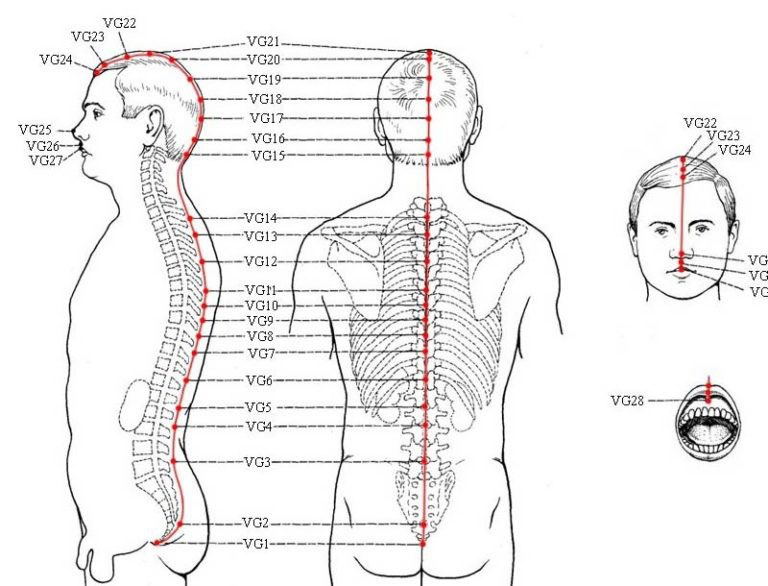
Fig.1
On the back, 2 fingers (1.5 cun) from the spine passes the 1st branch, and 4 fingers (3 cun) the 2nd branch of the bladder meridian (Fig. 2). The Bladder Meridian (V) is the most important energy system of the human body. Responsible for the condition of the bladder, kidneys, genitals, bone structure, musculoskeletal system, spine, head, ears and hearing, vision.
In addition, the state of the meridian affects all organs and systems of the body, in the area where it passes. And given its great length, it becomes clear its significance for human health.
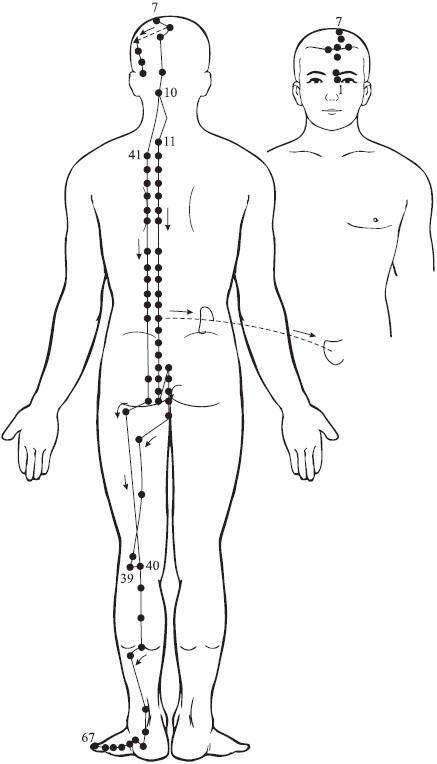
Auxiliary zones: front surface of the trunk, head and neck.
Additional zones: zones of the skin of the lower and upper extremities, which are secondary (peripheral) in relation to the (central) structures of the spinal cord and brain.
Recommended areas for selection of application effects for headaches, trigeminal neuralgia, neuritis of the facial nerve, hearing impairment, vision, toothache, colds - (Fig. 3): basic 0, 1; additional 2, 10, 11; auxiliary 3, 8, 22, 24, 25, 31 (28), 20.
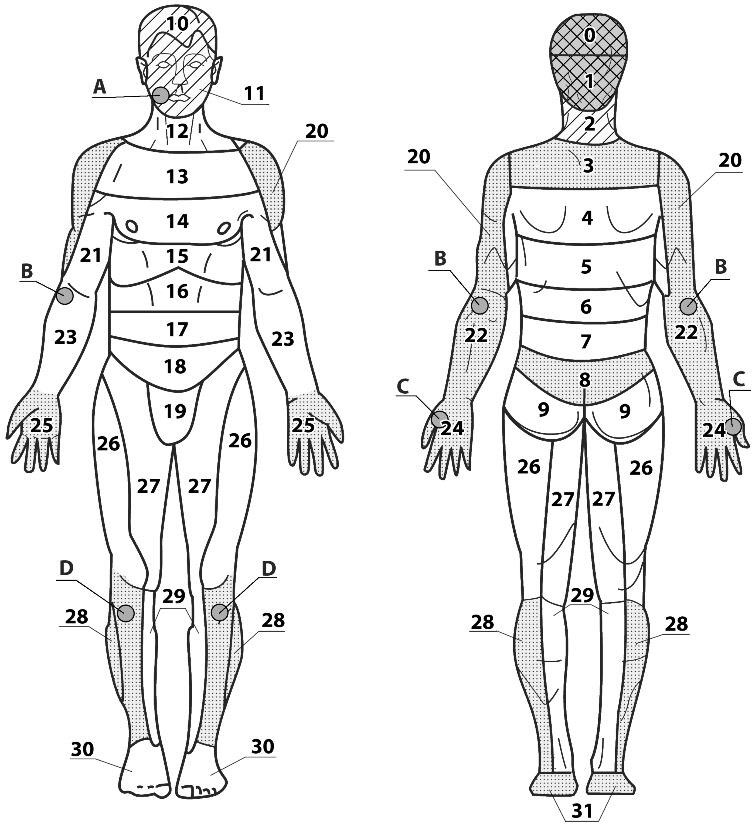
Fig.3
Options for the use of Lyapko application devices for relieving headaches.
Flat applicators: "Chamomile M" , "Chance" , "Needle massage pillow" , "Quadro" , "People's" , "Sputnik plus" ,
Applique belts: belt "Magic Ribbon" Health " ,
Application rollers: “Facial roller M” , “Universal roller M” , “Needle ball” .
The exposure time with flat applicators, belts is 20-30 minutes; rollers, "Needle Ball" roll for 10-15 minutes.
Application options for applicators on the head area
Belt "Magic ribbon "Health" 1p. 7-9 segment, which allows you to simultaneously affect the entire area of the head, capturing the main and auxiliary zones - 0, 1, 2, 10, 11, 12. When wrapping the head with tape on sensitive areas (the area of the bridge of the nose and auricles), it is recommended to apply napkins 1 -2 layers. For better pressure on the back of the head, the procedure is best taken in a prone position.
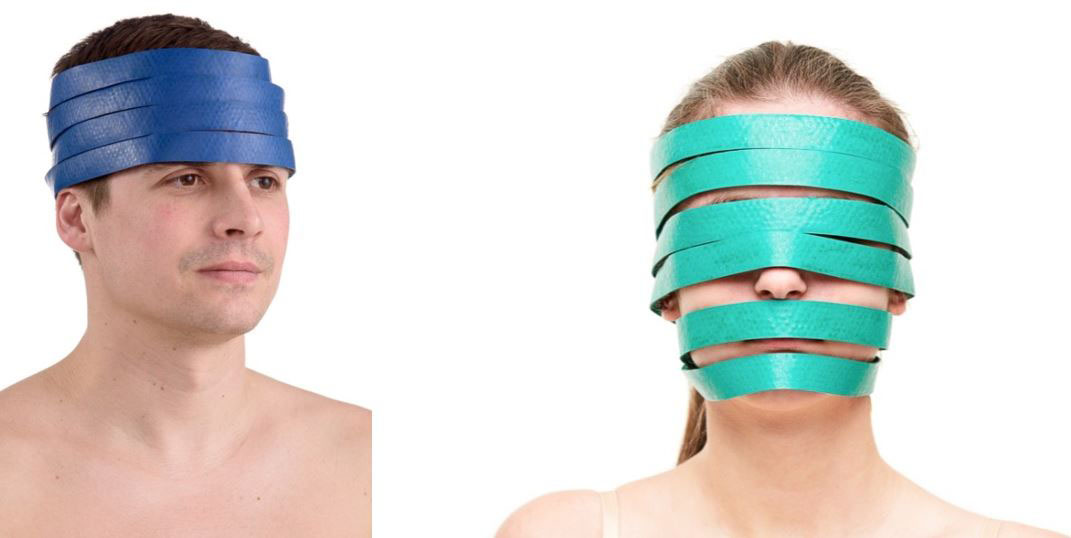
Applicator "Chamomile M" on the head in the form of a cap, which can be fixed with rubber straps or pressed with hands. You can lie down with your head on "Chamomile M" , which lies on the pillow, capturing the area 0, 1, 2; put a roller under the neck for better uniform pressure.

Lie with your head on the applicator "Chance" , "Needle massage pillow" with the capture of zones 0, 1, 2. Put "Sputnik plus" on zone 10 . "Insoles plus" can be used simultaneously on zone 0, 1, 2 and 10.

You can also use the "Kid" or "Universal M" belts , fixing them in different ways.
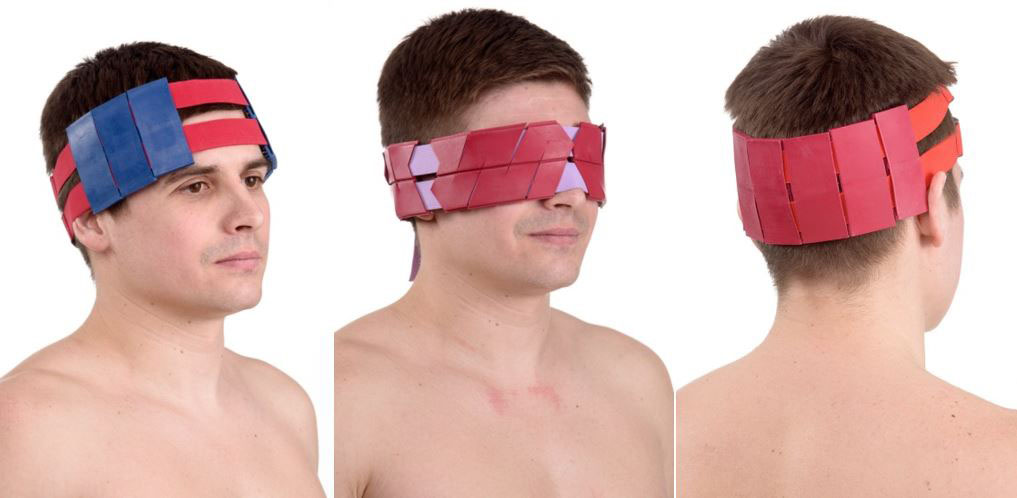
In the morning, in the afternoon with a headache and for prevention, roll the head, face with the "Facial Roller M" , "Universal Roller M" , "Needle Ball" for 7-10-15 minutes, the sensations should be pleasant.
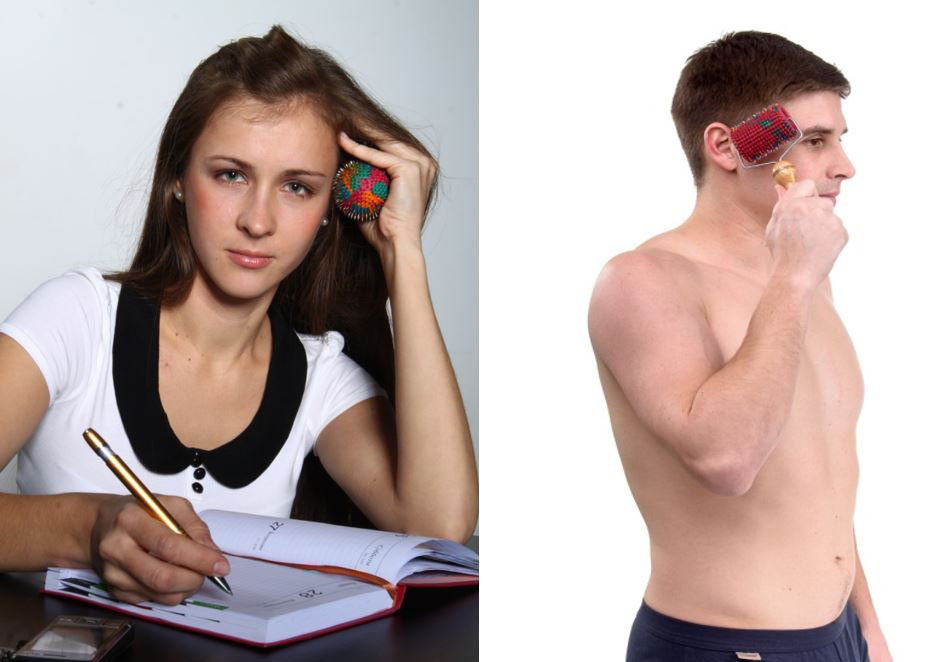
Applicator options for auxiliary zones:
For zone 3, 8, use the applicator: “Chance” , “Quadro” , “Folk” , “Insoles plus” , “Chamomile M” , “Needle massage pillow” , belt “Baby” , belt “Universal M” .

On zones 22, 24, 25, 31 (28), 20, you can use the Belt “Magic Ribbon“ Health ” 1 p. 5-7-9 segment.
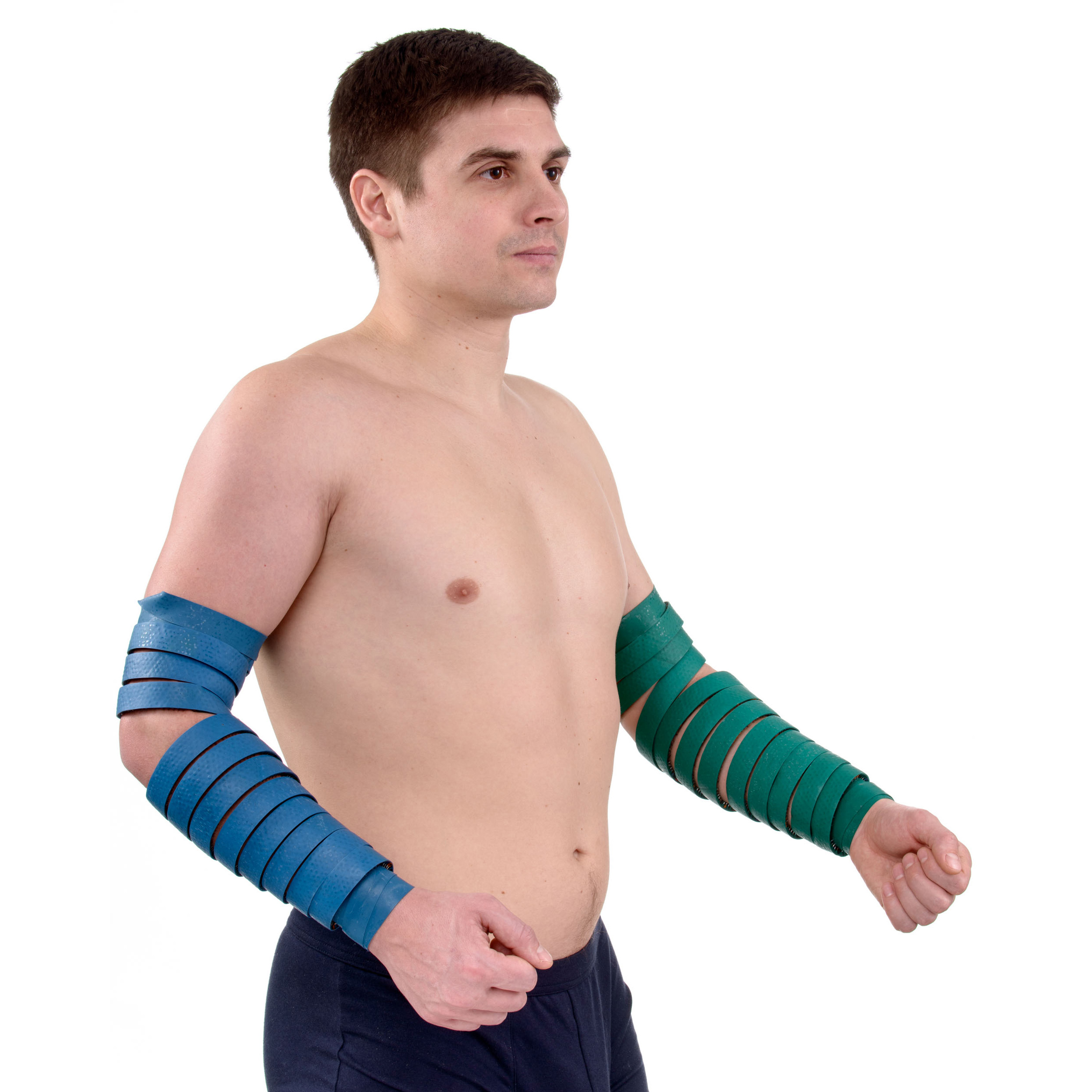
Rolling these zones with “Face Roller M” , “Universal Roller M” , “Big Roller M” , “Needle Ball” .
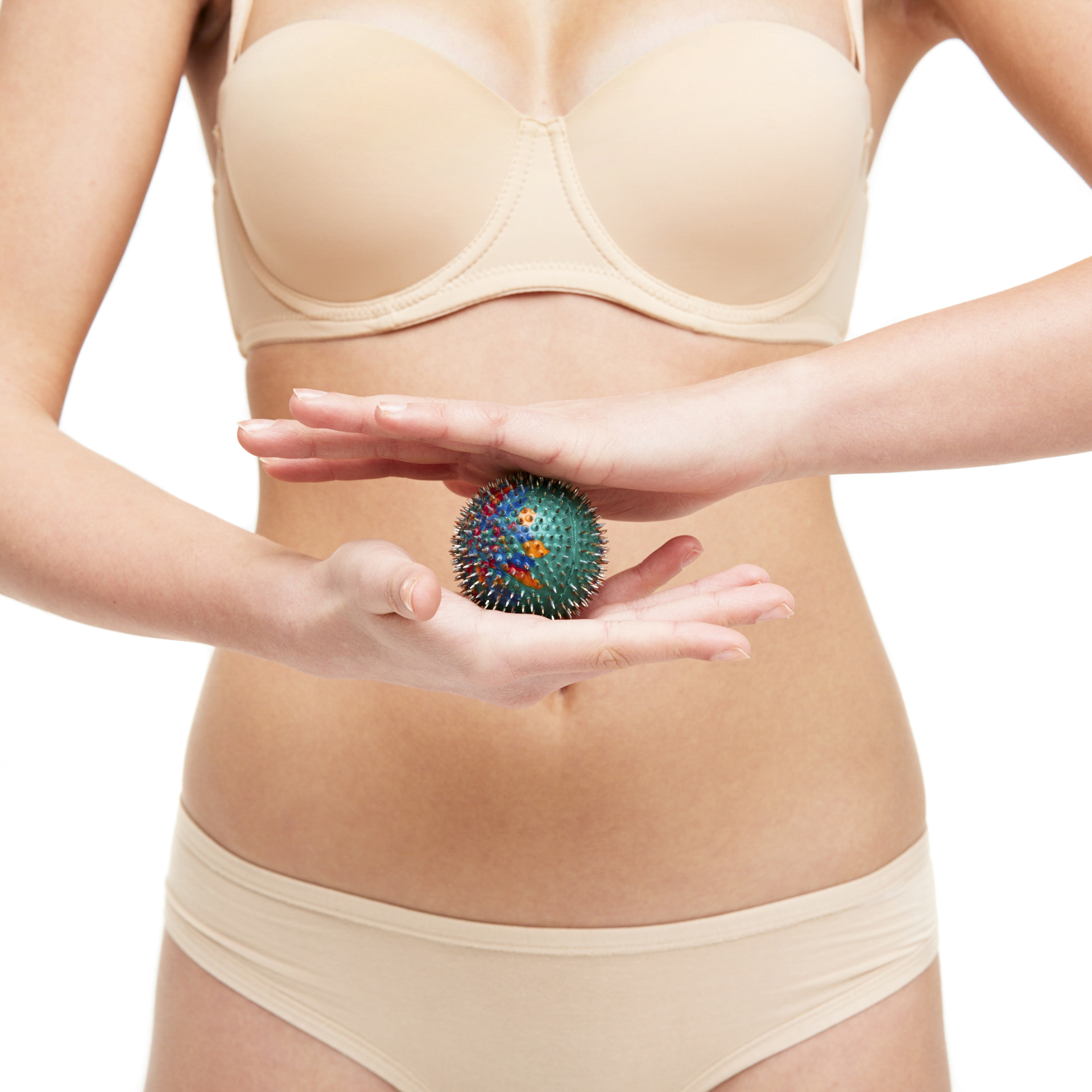
On the area of the feet, use "Insoles Plus" or rolling with rollers.
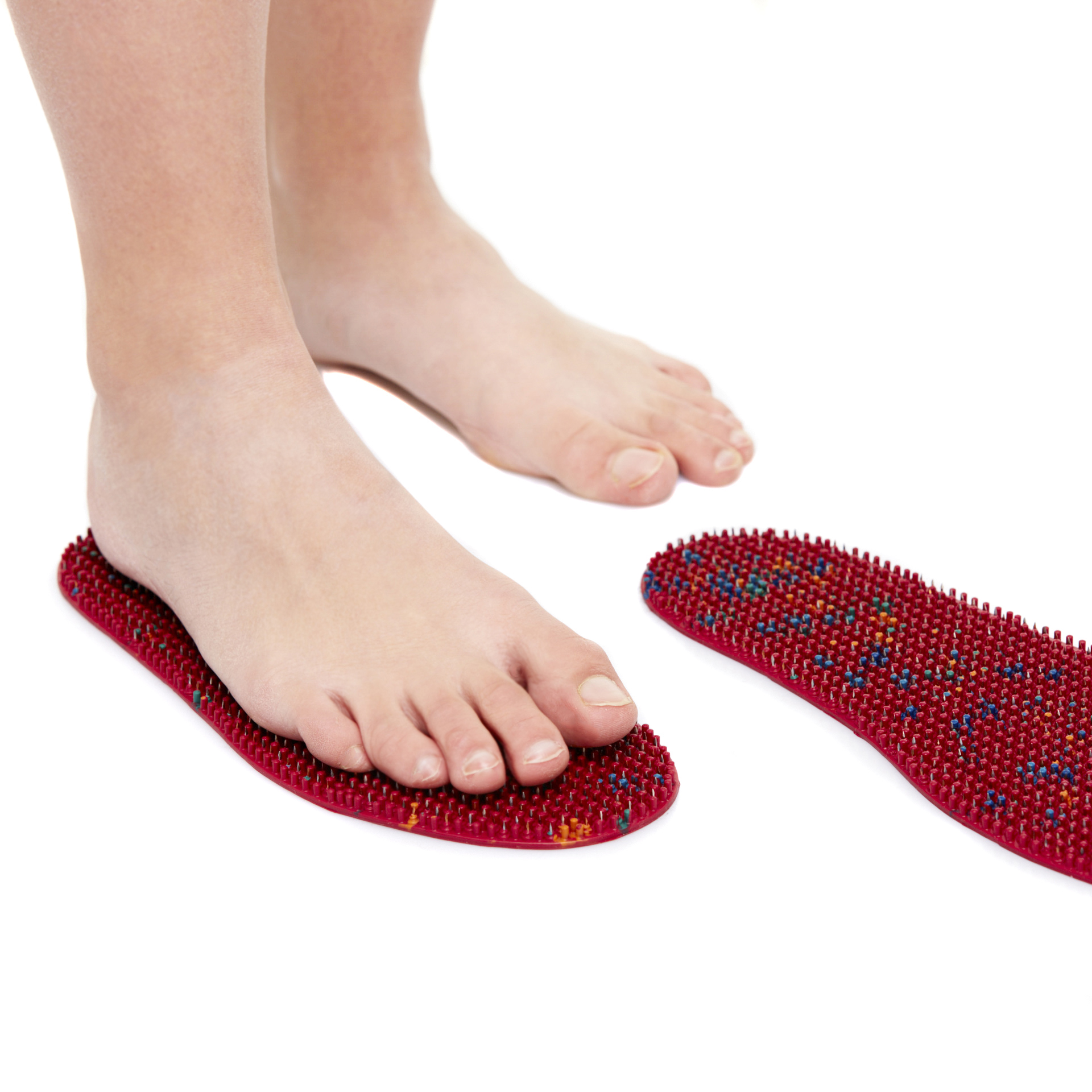
There are many important biologically active points on the head, when they are painful, our body, as it were, tells us that we need to act on them. You can suppress them with your hands, do a manual head massage, you can use the Pharaoh massager .
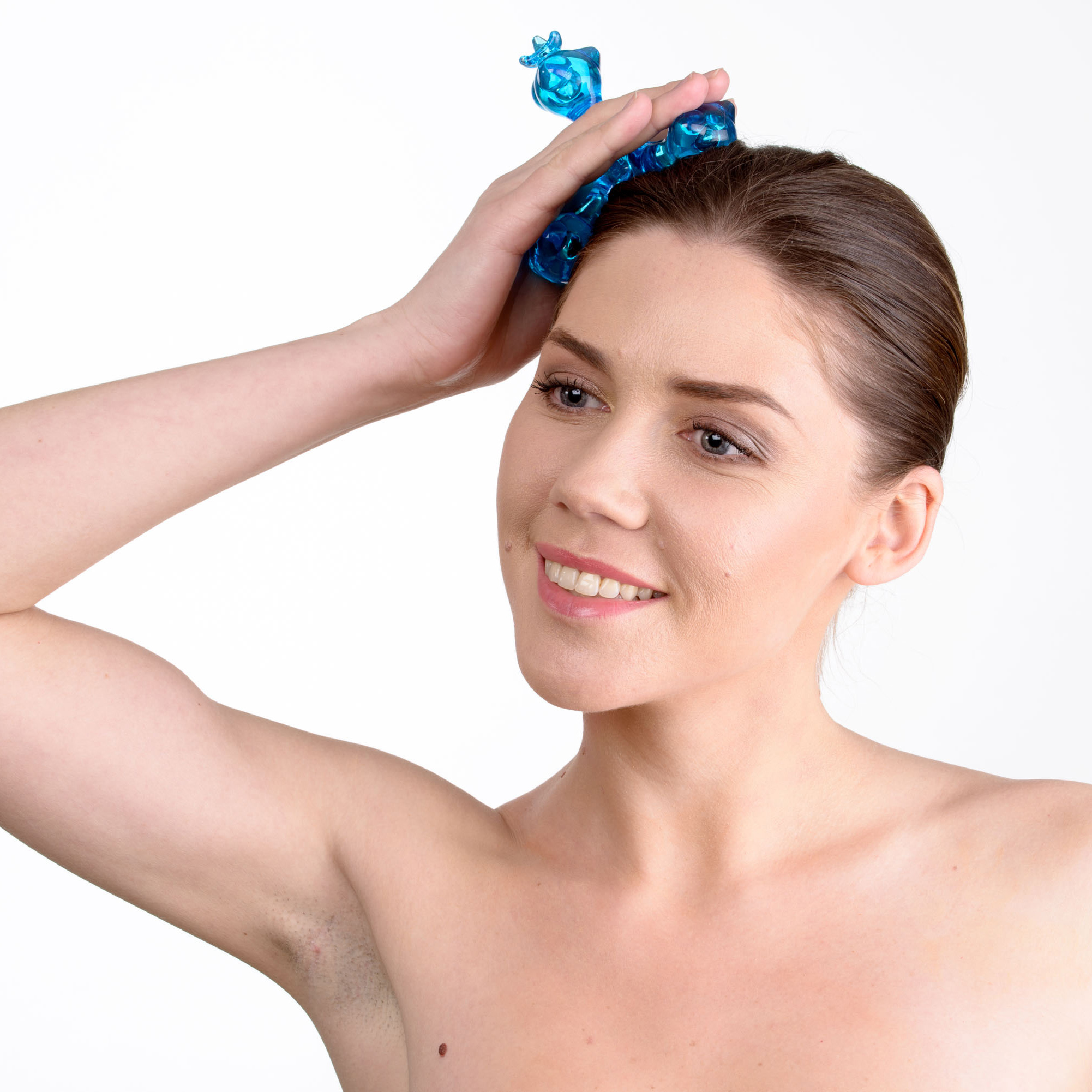
You can also roll your head, face, using "Facial roller" , "Universal roller" , "Needle ball" . The zones on the back of the head are very important, where the occiput and exit points of venous graduates are located, through which intracranial pressure is balanced.
So, rolling in the palms, on the head, on the face with the "Needle Ball" for 10-15 minutes gives a calming effect, helps to relax the nervous system, relieves headache, lowers blood pressure. Within 7-10 minutes it gives a tonic effect, increases blood pressure.
On the painful zones, you can fix the “Universal Belt M” , belt “Baby” . Many important active points in the lips, ears.
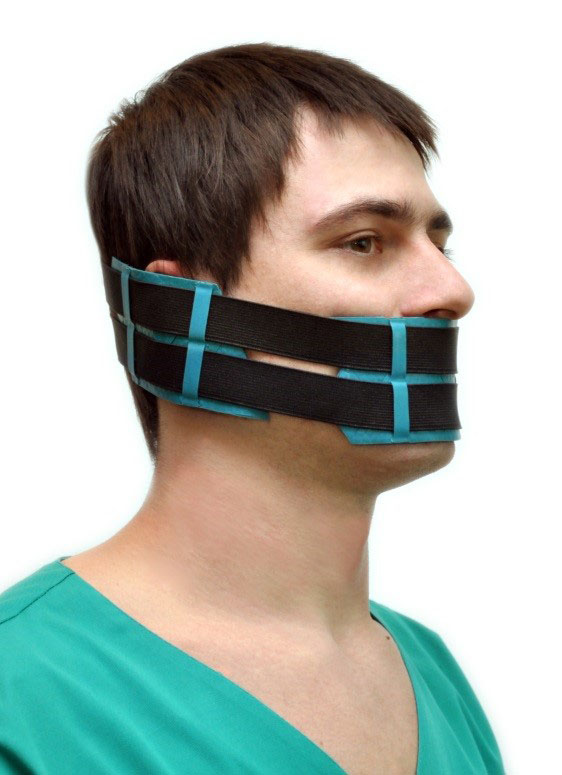
In any pain there is always a point of pain, you need to work with the applicator on the pain zone, and on the opposite side.
All recommended areas can be affected by small applicators "Sputnik plus" , "Kraplinka" by pressing or squeezing.
Kraplinka applicator can be fixed on the pain area. Given the small area of impact, long-term wearing - 1 - 3 hours.
Points on the head and body to relieve headaches
Points and zones of the application of the "Needle Ball" , the "Kraplink" applicator , the "Universal M Belt" in the head area for headaches (Fig. 4).
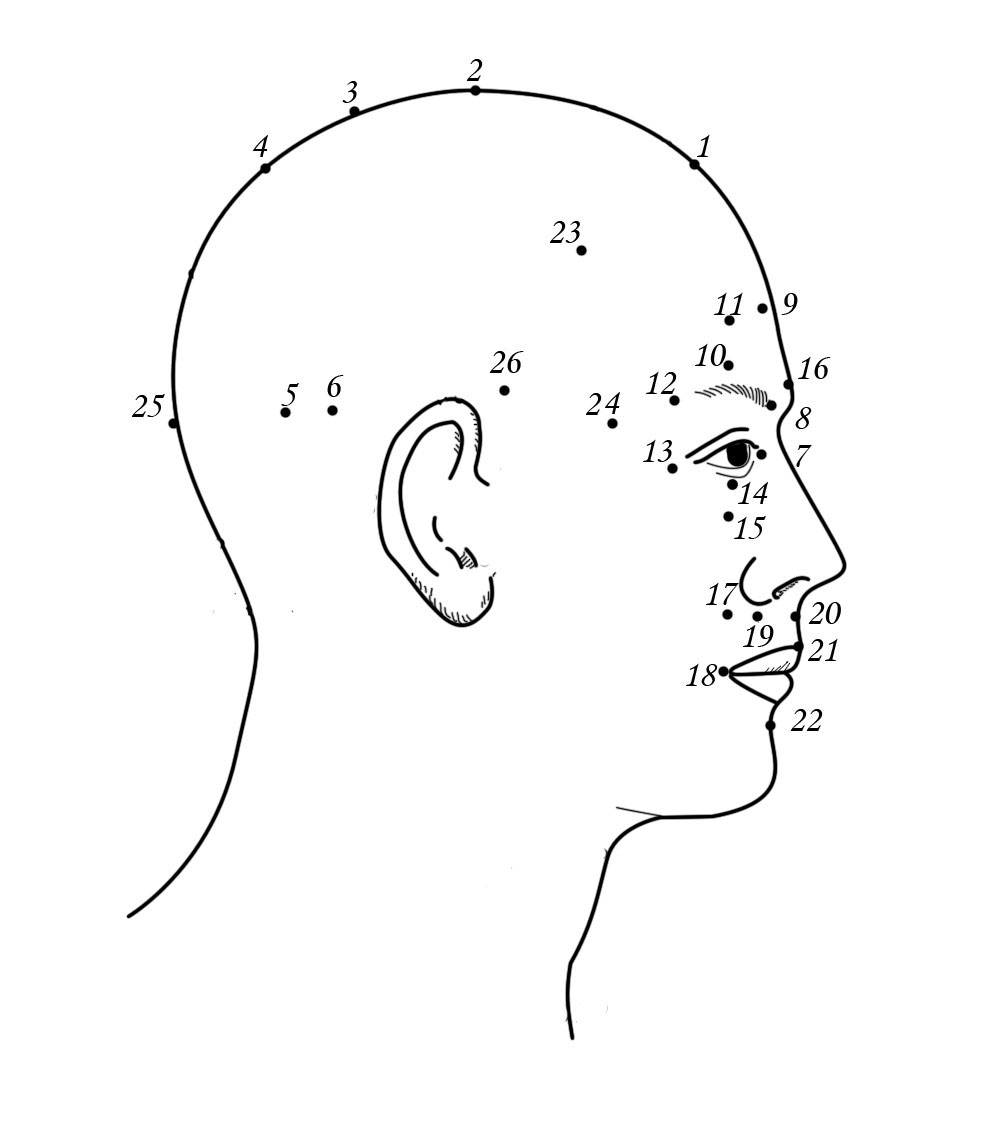
Rice. four
- Shen-ting (VG24) - indications: neuralgia of the first branch of the trigeminal nerve, dizziness, eye pain, lacrimation, nose disease, emotional instability, sleep disturbances, anxiety.
- Qian-ding (VG21) - indications: headache, dizziness, pain in the parietal region of the head, cerebrovascular insufficiency; rhinitis, epistaxis, ear diseases, convulsions.
- Bai Hui (VG20) - indications: headache, dizziness, nasal congestion, tinnitus, hemorrhoids, seizures, tinnitus, hemorrhoids
- Hou-din (VG19) - indications: headache, dizziness, epistaxis, pain in the neck and neck, stiff neck muscles; bronchial asthma.
- Nao-kun (VB19) - indications: decreased vision, shortness of breath, epistaxis, antipyretic effect, cervical sciatica, neuralgia of the occipital nerves, contracture of the cervical occipital muscles, and is also important in the treatment of eye diseases.
- Fu-bai (VB10) - indications: headache, tinnitus, paresis of the extremities, tick and contracture of the muscles of the cervical-occipital region.
- Qing-ming (V1) - indications: conjunctivitis, lacrimation.
- Quan-zhu (V2) - indications: headache, pain in the forehead, neuralgia of the first branch of the trigeminal nerve; decreased visual acuity, lacrimation, eyelid muscle tics.
- Mei-chun (V3) - indications: headache, dizziness; nasal disease, decreased sense of smell, frontal sinusitis; eye disease.
- Yu-yao (PC6) - indications: migraine, eye diseases.
- Yang Bai (VB14) - indications: headache, dizziness, vomiting; tick and spasm of mimic muscles; neuralgia and neuritis of the trigeminal and facial nerves.
- Si-zhu-kun (TR23) - indications: pain in the frontal and temporal regions, dizziness, migraine, conjunctivitis, decreased visual acuity; paresis, paralysis of the facial nerve.
- Tongzi-lyao (VB1) - indications: headache; eye diseases, lacrimation, decreased visual acuity, signs of optic nerve atrophy, glaucoma; peripheral paralysis of the facial nerve, trigeminal neuralgia.
- Cheng Qi (E1) - indications: myopia, hyperopia, lacrimation, astigmatism, optic neuritis, rhinitis, cataracts, paresis of the muscles of the eyeball.
- Sy-by (E2) - indications: conjunctivitis, glaucoma, keratitis; neuralgia of the second branch of the trigeminal nerve, paresis of the facial nerve, ptosis of the eyelid, drooping of the corner of the mouth, tic of the muscles of the upper eyelid; headache, dizziness.
- Yin-tang (PC3) - indications: headache in the forehead, dizziness; nose diseases; eye diseases; increased blood pressure.
- Ju-lyao (E3) - indications: glaucoma, lacrimation; neuralgia of the first branch of the trigeminal nerve, ptosis of the eyelid, drooping of the corner of the mouth, tic of the muscles of the eyelid; nose bleed; pain in the teeth of the upper jaw, cheeks and lips.
- Di-tsang (E4) - indications: trigeminal neuralgia, paresis of the facial nerve, tics and ptosis of the eyelid, drooping of the corner of the mouth, salivation.
- He-lyao (GI 19) - indications: decreased sense of smell, epistaxis, vasomotor rhinitis, paresis of the mimic muscles of the mouth, trismus, asthma.
- Ren-zhong (VG26) - point of resuscitation. Indications: first aid in case of loss of consciousness, convulsive hysterical seizures.
- Dui-duan (VG27) - indications: first aid in case of loss of consciousness, nosebleeds, trigeminal neuralgia.
- Cheng-jiang (VC24) - indications: neuralgia and neuritis of the lower branches of the trigeminal and facial nerves, convulsive state, swelling of the face. This point is especially important in hysterical seizures and in the provision of emergency care (collapse, diabetic coma, etc.).
- Tou-wei (E8) - indications: trigeminal neuralgia, migraine, neuritis of the facial nerve, decreased vision, conjunctivitis.
- Tai-yang (PC9) - indications: pain in the temporal region of the head, migraine, neuralgia and neuritis of the trigeminal and facial nerves, tic and contracture of facial muscles.
- Nao-hu (VG17) - located on the upper edge of the occipital protuberance (optic protuberance). Indications: headache, pain and tension of the occipital muscles; pain in the eyes, decreased visual acuity. improves the conduction of nerve impulses along the optic nerve; neurasthenia.
- Xuan-li (VВ6) - indications: pain in the temporal region of the head; eye disease; toothache, swelling of the face.
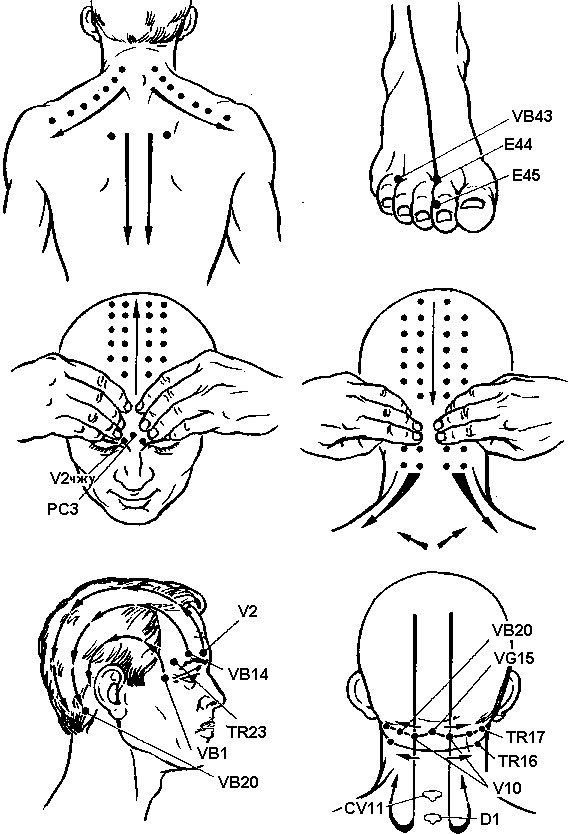
Points on the body to relieve headaches
To relieve headaches, apply a finger or a Kraplink applicator to the He-gu point on the hands (contraindicated in pregnancy). Do not press hard, for 2-5 minutes. He-gu point massage treats headache and toothache, shoulder pain and neuralgia localized in the upper limbs, abdominal pain. Helps with neuritis of the facial nerve, nosebleeds, tinnitus, deafness, sore throat, nausea, vomiting, heartburn, hiccups.
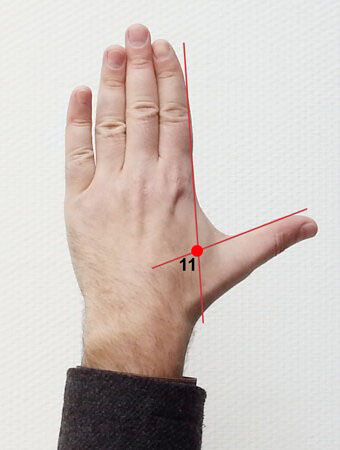
Prevention
The best prevention of headaches is a healthy lifestyle and the ability to avoid stress.
Regular morning exercises reduce the risk of developing spinal diseases and prevent acute pain in the head, neck, back and lower back, and promote the movement of vital energy. Improves blood circulation and activates the work of internal organs.
Switching from mental to physical work helps to fight stress, get rid of drowsiness and lethargy. At work, after a long forced posture, do warm-ups with office gymnastics. Simple exercises, when performed regularly, help to tone muscles and maintain good shape, and prevent headaches.
Animal therapy is a special kind of psychotherapeutic help when various animals are used to treat patients: cats, dogs, horses, dolphins, or even some insects. Many people who have pets say that communication with them is uplifting, happy. The means of animal therapy include not only the animals themselves and the methods of working with them, but also their "substitutes" - images, toys, figurines, symbols.
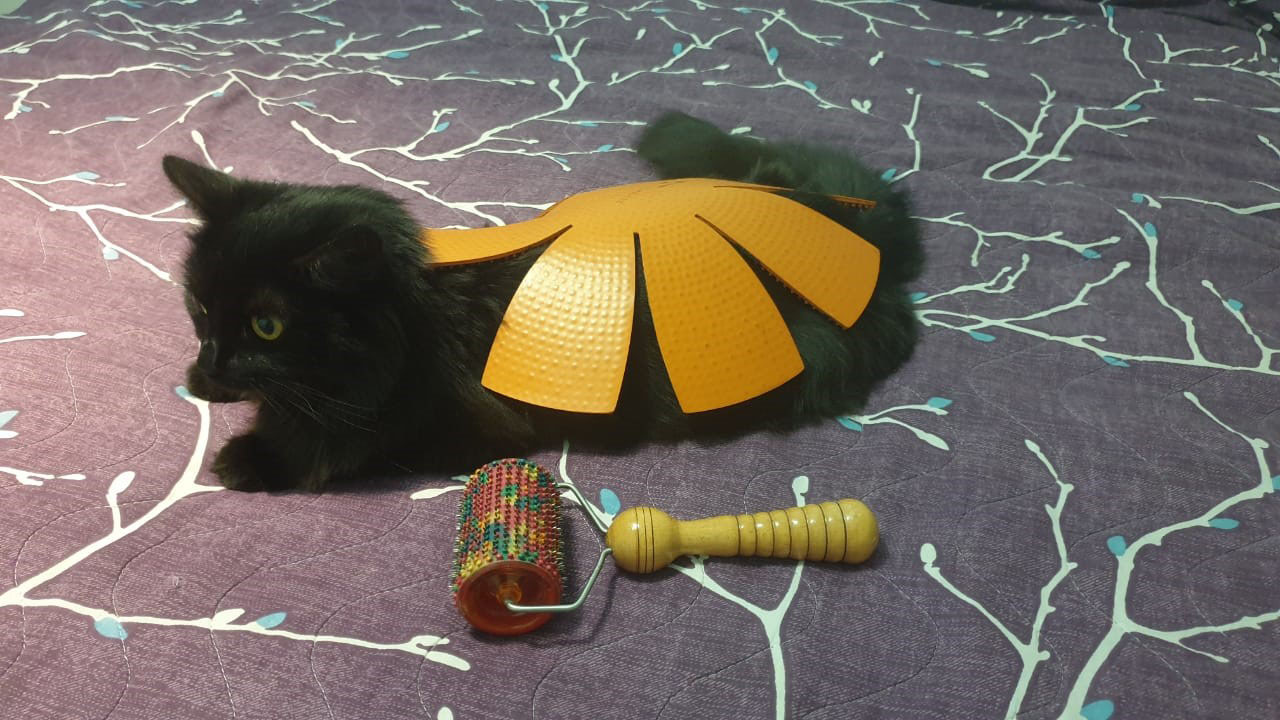
Since ancient times, people have been treated with the help of animals. They helped them in many ailments. Now this trend is gaining momentum. But many have already appreciated its effectiveness. For example, many campaigns encourage pet dogs to come to work (canistherapy). This improves the psycho-emotional mood of employees, increases efficiency, and strengthens the corporate spirit. Communication with animals improves the psycho-emotional state, relieves depression, strengthens the nervous system and increases vitality.

Lyapko applicators are also a good means of prevention.
Having any small applicator at work, you can improve your well-being, help the body start the process of self-healing.
